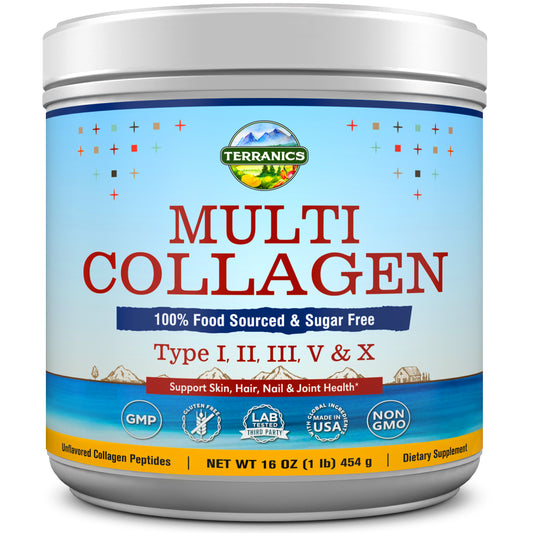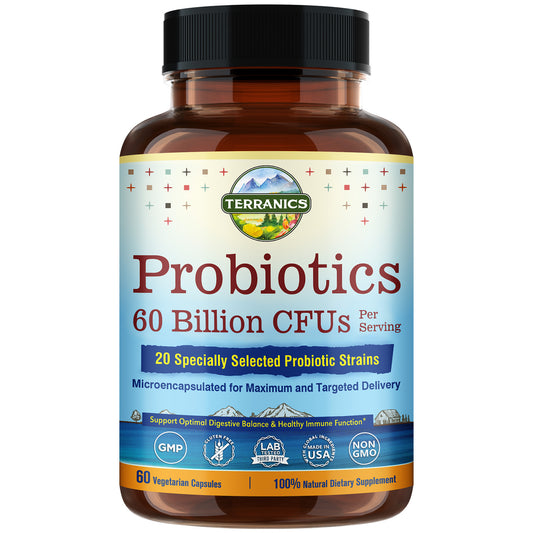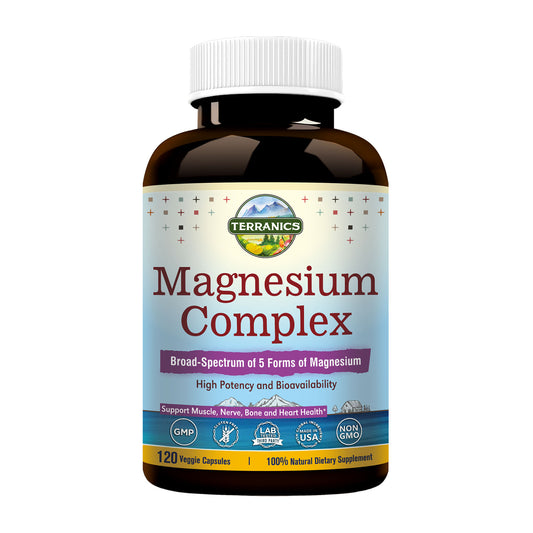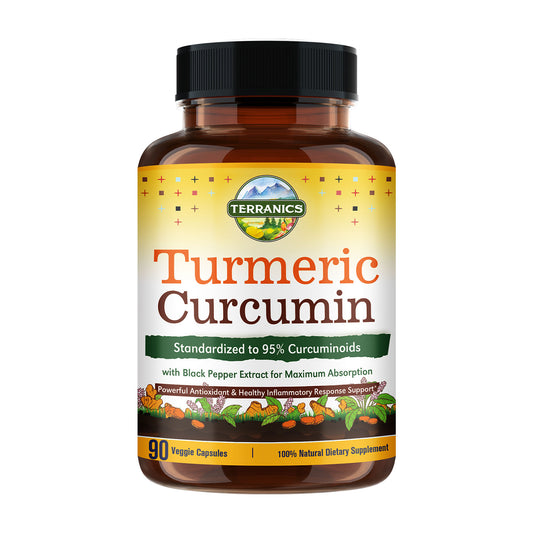
In our modern world, where the demand for food is ever-increasing, the use of pesticides has become a common practice in agriculture. While pesticides serve the purpose of protecting crops from pests and diseases, concerns have been raised about their potential impact on human health. To shed light on this issue, the Environmental Working Group (EWG) compiles an annual "Dirty Dozen" list, which highlights the fruits and vegetables that contain the highest pesticide residues. In this blog post, we will explore the Dirty Dozen list, delve into the reasons why it's essential to be aware of the pesticide levels in our food, and discuss strategies to minimize pesticide exposure.
Understanding the Dirty Dozen List:
The Dirty Dozen list is a resource created by the EWG, a non-profit organization dedicated to protecting human health and the environment. The list ranks fruits and vegetables based on their pesticide contamination levels, specifically focusing on the residues found after they have been washed or peeled. By analyzing the data from the U.S. Department of Agriculture's Pesticide Data Program, the EWG identifies the produce items with the highest pesticide concentrations, providing valuable information to consumers.
The Current "Dirty Dozen" Line-Up:
The specific rankings on the Dirty Dozen list may vary from year to year due to changes in farming practices and pesticide usage. However, we can examine the EWG's 2021 Dirty Dozen list to gain insights into the fruits and vegetables that commonly have higher pesticide residues. The list included the following produce items:
- Strawberries: Strawberries consistently top the Dirty Dozen list due to their high susceptibility to pests and diseases, leading to extensive pesticide use.
- Spinach: Spinach is known for its nutritional value, but it also tends to have high pesticide residues. This leafy green vegetable is a key ingredient in many salads and dishes, making it important to be mindful of its pesticide exposure.
- Kale: As a member of the cruciferous vegetable family, kale has gained popularity for its health benefits. However, it often contains pesticide residues, emphasizing the need for caution when consuming conventionally grown kale.
- Nectarines: Nectarines, a close relative of peaches, are ranked high on the Dirty Dozen list. Their delicate skin makes them susceptible to pests, leading to increased pesticide application.
- Apples: Apples, a staple fruit in many households, have consistently appeared on the Dirty Dozen list. Their thin skin doesn't provide much protection against pests, resulting in higher pesticide residues.
- Grapes: Grapes, whether consumed fresh or as raisins or wine, often contain pesticide residues. The EWG recommends choosing organic grapes or opting for organic wine to minimize exposure.
- Peaches: Like nectarines, peaches have a soft skin that pests find irresistible. Consequently, they are frequently treated with pesticides, contributing to their presence on the Dirty Dozen list.
- Cherries: Cherries, known for their sweet and tart flavor, are also prone to high pesticide residues. When possible, selecting organic cherries can help reduce pesticide exposure.
- Pears: Pears, with their juicy and refreshing taste, are another fruit with a spot on the Dirty Dozen list. Their susceptibility to pests often leads to pesticide use during cultivation.
- Tomatoes: Tomatoes, a versatile ingredient in numerous dishes, are commonly found on the Dirty Dozen list. Their vulnerability to pests and diseases necessitates pesticide application to ensure healthy crops.
- Celery: Celery, often used in salads and as a snacking option, can contain significant pesticide residues. Washing thoroughly and opting for organic celery can help minimize exposure.
- Potatoes: Potatoes, a dietary staple in many cultures, complete the Dirty Dozen list. Their popularity and widespread cultivation make them susceptible to pesticide use.
Why Should You Be Concerned?
Pesticide Exposure:
Pesticides are designed to kill or repel pests, but they can potentially harm human health. Long-term exposure to pesticides has been associated with various health problems, including hormonal disruption, developmental issues, and certain types of cancer. Minimizing pesticide exposure is crucial for maintaining optimal health.
Cumulative Effect:
While the levels of pesticides found on individual fruits and vegetables may be within safety limits, the cumulative effect of consuming multiple pesticide-laden foods over time is a concern. The Dirty Dozen list helps consumers identify the produce items that tend to have higher pesticide residues, enabling them to make informed choices and reduce cumulative exposure.
Vulnerable Groups:
Certain groups, such as pregnant women, infants, and young children, may be more susceptible to the potential adverse effects of pesticide exposure. By being aware of the Dirty Dozen list, individuals can take extra precautions when selecting foods for themselves and their families, prioritizing organic options for these vulnerable groups.
Strategies to Minimize Pesticide Exposure:
Choose Organic:
Opting for organic produce is one of the most effective strategies to reduce pesticide exposure. Organic farming practices restrict the use of synthetic pesticides and prioritize natural alternatives. Organic certification ensures that the fruits and vegetables have been grown without the use of prohibited pesticides, providing a safer option for consumers concerned about pesticide residues.
Wash and Peel:
While the Dirty Dozen list considers produce after washing or peeling, it is still advisable to rinse fruits and vegetables thoroughly under running water. This practice can help remove some surface pesticide residues. Additionally, peeling the outer layers of certain fruits and vegetables can further reduce pesticide levels. However, keep in mind that peeling can also remove valuable nutrients, so it's essential to strike a balance between reducing pesticide exposure and maximizing nutritional benefits.
Diversify Your Diet:
By incorporating a wide variety of fruits and vegetables into your diet, you can minimize exposure to any single pesticide. Different types of produce may have varying levels of pesticide residues, so diversifying your choices helps distribute potential risks. Consuming a rainbow of fruits and vegetables not only reduces pesticide exposure but also ensures a well-rounded intake of essential vitamins, minerals, and antioxidants.
Support Local and Sustainable Agriculture:
Getting to know local farmers and supporting sustainable agriculture practices can be another way to minimize pesticide exposure. Farmers who follow integrated pest management (IPM) techniques aim to reduce pesticide use by employing a combination of preventive measures, biological controls, and targeted pesticide application only when necessary. By purchasing from local farmers' markets or joining community-supported agriculture (CSA) programs, you can access fresh produce while supporting environmentally conscious farming practices.
Stay Informed and Advocate for Change:
Keeping up-to-date with the latest research and developments in pesticide regulations and farming practices can empower you to make informed choices. Stay informed about the Dirty Dozen list and other resources provided by organizations like the EWG. Additionally, consider advocating for stricter pesticide regulations, supporting sustainable farming initiatives, and promoting organic agriculture in your community.
Conclusion
Awareness of the Dirty Dozen list empowers individuals to make informed choices when it comes to selecting produce with lower pesticide residues. While the health benefits of consuming fruits and vegetables outweigh the potential risks associated with pesticide exposure, it is prudent to be mindful of the Dirty Dozen list and take steps to minimize exposure. Choosing organic options, washing and peeling produce, diversifying your diet, supporting local and sustainable agriculture, and staying informed are all strategies that contribute to a healthier and more sustainable approach to food consumption. By prioritizing our health and making conscious choices, we can create a positive impact on our well-being and the environment. Remember, knowledge is power, and being aware of the Dirty Dozen list empowers you to make choices that align with your health and well-being.




